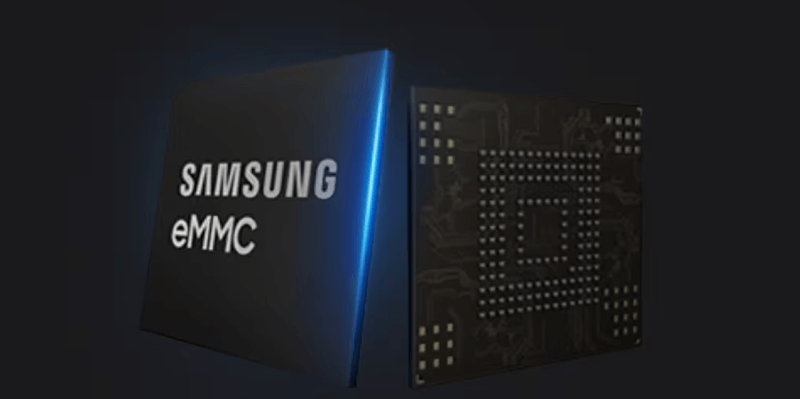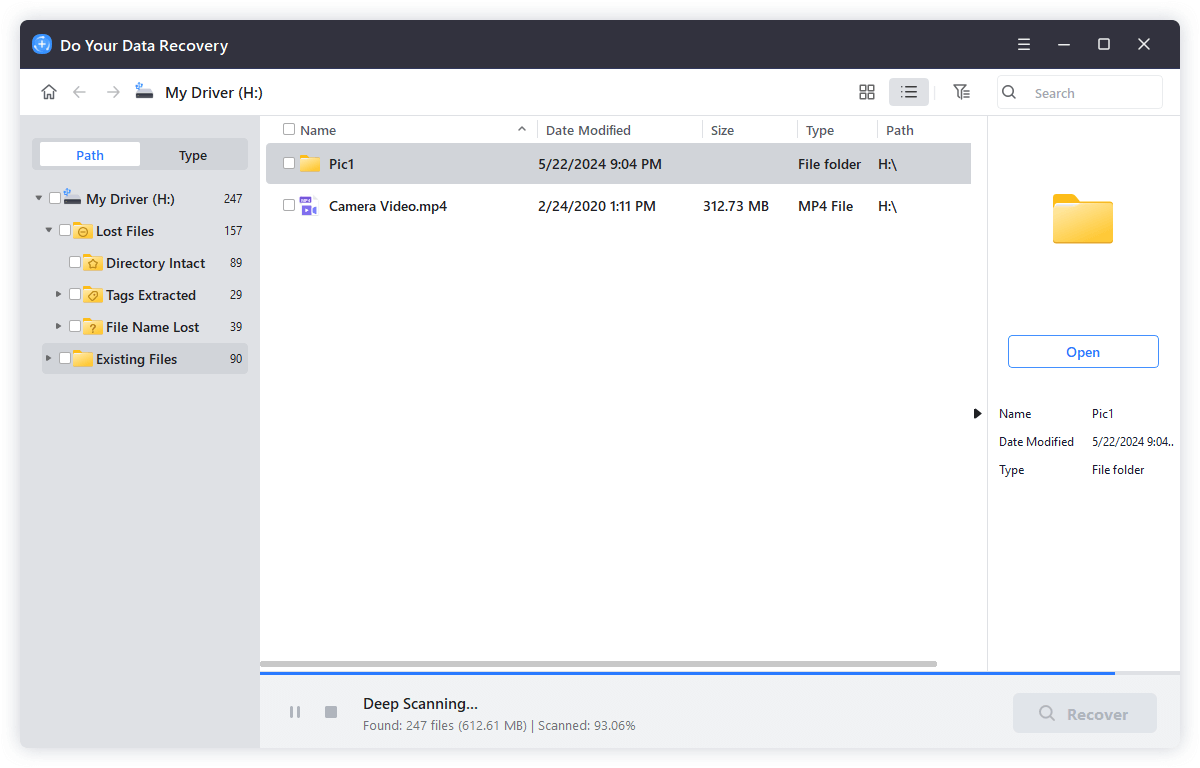Quick Navigation:
- What Is eMMC?
- The Differences Between eMMC and SSD Drives
- Recover Lost Data from eMMC Memory Using Data Recovery Software
- Reinstall Windows or Do A Factory Reset to Fix Corrupted eMMC Device
- Fix Corrupted eMMC Storage or Unbootable System
- Conclusion
Data saved on eMMC (embedded MultiMediaCard) chips are becoming increasingly important to our lives, from the pictures and videos that hold our most treasured memories to the essential business data kept in documents and databases. But with great ease of use comes the chance of significant loss.
What will happen if these tiny storage devices stop working, preventing us from accessing our essential data? Here comes eMMC data recovery, a lifesaver for people who have lost their data. This guide details eMMC data recovery, including what it is, how to do it, and the problems that can arise.
Join us to learn how to recover lost data from these small but powerful storage devices. We'll cover everything from the basics of eMMC technology to the most complex data recovery methods.

What Is eMMC?
eMMC is a flash storage popular in smartphones, tablets, digital cameras, and other small electronics. It has NAND flash memory and a flash memory driver built into one integrated circuit. It makes it a small and inexpensive way to store data.
One great thing about eMMC is that it has a small form factor, which makes it perfect for devices that don't have a lot of room for hard disk drives (HDDs). eMMC storage is also known for being fast and using little power, which makes it great for mobile devices that need to access data quickly and have longer battery lives.
eMMC chips usually come in standard sizes between a few gigabytes and several hundred gigabytes, which is more than enough storage for many different uses. Even though eMMC is small, it is reliable and lasts long. It makes it popular for device makers who want to balance speed, cost, and form factors.
The Differences Between eMMC and SSD Drives
SSD (Solid State Drive) and eMMC (embedded MultiMediaCard) are two different types of storage systems. Each has its features and uses. It is essential to be able to tell them apart to understand their skills and weaknesses.
eMMC
eMMC is a small, built-in flash storage technology often found in smartphones, tablets, and other portable electronics. It has both NAND flash memory and a flash memory driver on a single chip, so that it can store data cheaply but not very quickly. eMMC, on the other hand, is slower than SSDs and more likely to wear out because it can't last as long.
SSD
SSDs, on the other hand, are storage devices that work independently and store data using NAND flash memory. SSDs, on the other hand, come in a wide range of sizes and shapes, from consumer-grade drives for PCs to enterprise-grade options for data centers. SSDs are better than eMMC in speed, reliability, and durability. It makes them perfect for demanding tasks like gaming, content creation, and business storage.
Recover Lost Data from eMMC Memory Using Data Recovery Software
Data recovery software is recommended to access lost or removed files on eMMC memory easily. To use recovery software to get back your files, follow these steps:
Step 1. Pick a reliable data recovery program with eMMC storage and put it on a computer or device that can still do its job. Do Your Data Recovery is one of the best eMMC data recovery programs. It can help you recover deleted, formatted or inaccessible data from your eMMC storage device.
Do Your Data Recovery
- Recover permanently deleted files from eMMC storage device.
- Unformat eMMC device and get all lost data back.
- Recover lost data from damaged or corrupted eMMC storage device.
Step 2. Use an adapter or connection that works with the computer to connect the eMMC storage device. Start the data recovery program and pick the eMMC storage device to scan.

Step 3. Start a deep scan to look through the eMMC memory for lost or deleted files. The time this process takes will depend on how much data was lost and how much space is available.

Step 4. When the check is done, look over the list of recoverable files and choose the ones you want to get back. Do what it says and save the restored files to a different storage device so you don't delete any data already on the eMMC memory.

Once you have recovered the files you want to keep, safely unplug the eMMC storage device from the computer.
Reinstall Windows or Do A Factory Reset to Fix Corrupted eMMC Device
A factory restart or reinstalling Windows can sometimes fix problems with corrupted eMMC storage or a system that won't start.
- Please make a copy of any important files on the eMMC device so you don't lose them when you restart or reinstall the device.
- Go to the device's settings or recovery options. These are usually in the "System" or "Update & Security" part of the settings menu.
- Depending on the device model and the available choices, choose either a factory reset or a fresh installation of Windows.
- To start the restart or reinstallation process, follow the steps shown on the screen. It could mean confirming your choice, picking your desired reset choices, and confirming the action.
- Wait for the process to finish. It could take a while, depending on the device and the amount of data being handled.
- Once the reset or reinstallation is done, set up the device as it says to and recover any data backed up to an external drive.
Fix Corrupted eMMC Storage or Unbootable System
If your eMMC storage is damaged or your system won't boot, you'll need to take more difficult troubleshooting steps. To deal with these problems, follow these steps:
- Turn off the device and remove any external tools or peripherals.
- Use special tools to take the eMMC storage device off the device's circuit board.
- Check the eMMC storage device, like bent or corrosion pins, for harm. Take care of any damage you can see before moving on.
- Connect the storage device to a computer with an eMMC programmer or a reader that works with it for more troubleshooting and recovery work.
- Depending on the damage or loss, you should use specialized data recovery methods like chip-off or JTAG.
- Use the right software tools to try to get back the data on the eMMC storage device, making sure to follow the steps each way.
- If the recovery works, move the data to a different storage device to keep it from getting lost again.
- If you try to recover your data but fail, you might want help from a professional data recovery service specializing in eMMC storage recovery.
Conclusion:
In conclusion, eMMC data recovery is an important part of modern digital life that can save you when you lose your data. The information saved on eMMC chips is very valuable. It can be anything from precious memories to important business data.
Whether you use eMMC recovery software, do a factory restart, or use advanced troubleshooting methods, the goal is the same: get back important data from these small but powerful storage devices. If we have the right information and tools, eMMC data recovery is necessary and a manageable way to keep our digital valuables safe.